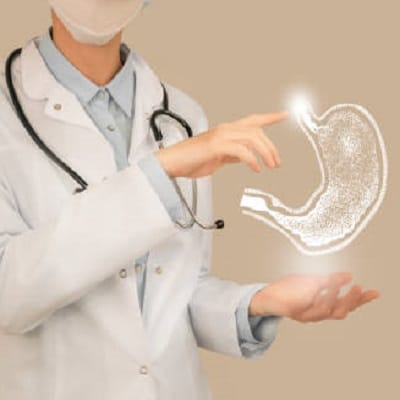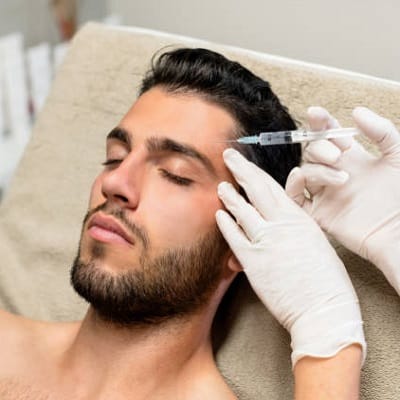A never-ending debate happens when people have to choose between IV drips and supplements to improve their health and well-being. Both are good for giving the body important vitamins and minerals, but they do it in very different ways and cause very different effects. But many people have this thing in mind: Do IV drips deliver faster results than supplements? So, here we will discuss this thing in detail and read the whole blog to get to know about the difference.
What Are IV Drips?
A medical method for giving food, vitamins, or drugs straight into the blood is intravenous IV drips. A tiny tube is inserted into a vein to bypass the digestive system and directly deliver nutrients into the bloodstream. An aesthetician inserts a tiny tube into the vein bypassing the digestive system to deliver nutrients directly into the bloodstream.
Do you know what supplements are?
Supplements are products that people take orally, containing vitamins, minerals, or other nutrients. These products are intended to fill nutritional gaps and promote health, available in various forms such as drinks, powders, pills, and tablets. When pills are eaten, their active ingredients are taken in by the body through the digestive system.
Supplements vs. IV Drips in Terms of Speed of Results
The rate at which IV drips and supplements cause effects is one of their main differences.
Immediate Absorption with IV Drips
Intravenous treatments send nutrients right to the bloodstream, missing the gut system. This makes it possible for almost all of the components to be taken, which makes them great for those who need a fast increase in energy, water, or immunity support. For quick treatment, an IV drip is the suggested way since its effects usually appear between minutes to hours.
Gradual Absorption with Supplements
The gut system, however, is how minerals are taken. The body’s ability to take nutrients might change based on several factors, including metabolism, gut health, and pre-existing medical diseases. This process can take several hours. Supplements work well over time, although they usually take longer to show benefits.
Benefits of IV Drips
IV treatment is unparalleled in terms of speed and efficiency. It’s particularly helpful for those who are thirsty, have food gaps, or are healing from an illness.
Adaptable Formulas
IV drip often changes the mix to meet certain requirements, such as boosting energy, promoting healthy skin, or improving sports performance.
Customizable Formulas
IV drips are very helpful for those with stomach problems as they provide calories without counting on gut function.
Bypassing Digestive Barriers
It’s simple to include vitamins in everyday tasks. Since they don’t need expert care, anybody may use them.
Benefits of Supplements
- Economical Supplements may be bought over-the-counter or online and are often less expensive than IV treatment.
- Long-term control of general health and repair of small errors are best achieved with minerals.
When to Choose IV Drips?
Acute Needs: For those who need benefits right away, jet lag recovery, or immune-boosting during flu season, IV drips are excellent.
Serious deficits: IV treatment may be very helpful for those who have serious food deficits or problems with digestion.
Medical advice: Under medical direction, IV drips provide the needed help for patients having long treatments or healing from surgery.
When Should I Pick Supplements?
Daily Maintenance: Supplements are enough for having a good nutritional diet for those without immediate health problems.
Preventative Care: Supplements support long-term health goals and help avoid gaps.
Budget-Friendly choice: For constant food help, they are a cheap choice.
Risks and Considerations
There are risks involved with both IV treatments and drugs.
IV Drips:
- Sickness risk at the treatment spot.
- Calls for skilled guidance.
- Might be costly if used often.
Supplements:
- Risk of overdoing if taken in excess.
- Brands range in quality; some include waste or fillers.
- Absorption is based on gut health.
Combining Both for Best Health
Many people find that taking vitamins and IV treatment offers the best of both worlds. IV shots provide support or comfort right once, while vitamins help keep benefits over time. For example, you may utilize daily multivitamins to maintain energy and nutrient levels after an IV drip treatment.
Final Thoughts:
Supplements and IV drips in Islamabad are both helpful for improving health and comfort. Your way of life and health goals will decide which choice is best for you. IV drips are the best choice if you want results right away. However, vitamins are a great choice for cost and long-term care.
To find the best choice for you, visit SKN Cosmetics and consult with our best aesthetic physician Dr Ayusha Khan to have a substantial addition to your entire health journey, regardless of whether you choose the quick results of IV treatment or the ease of pills.










